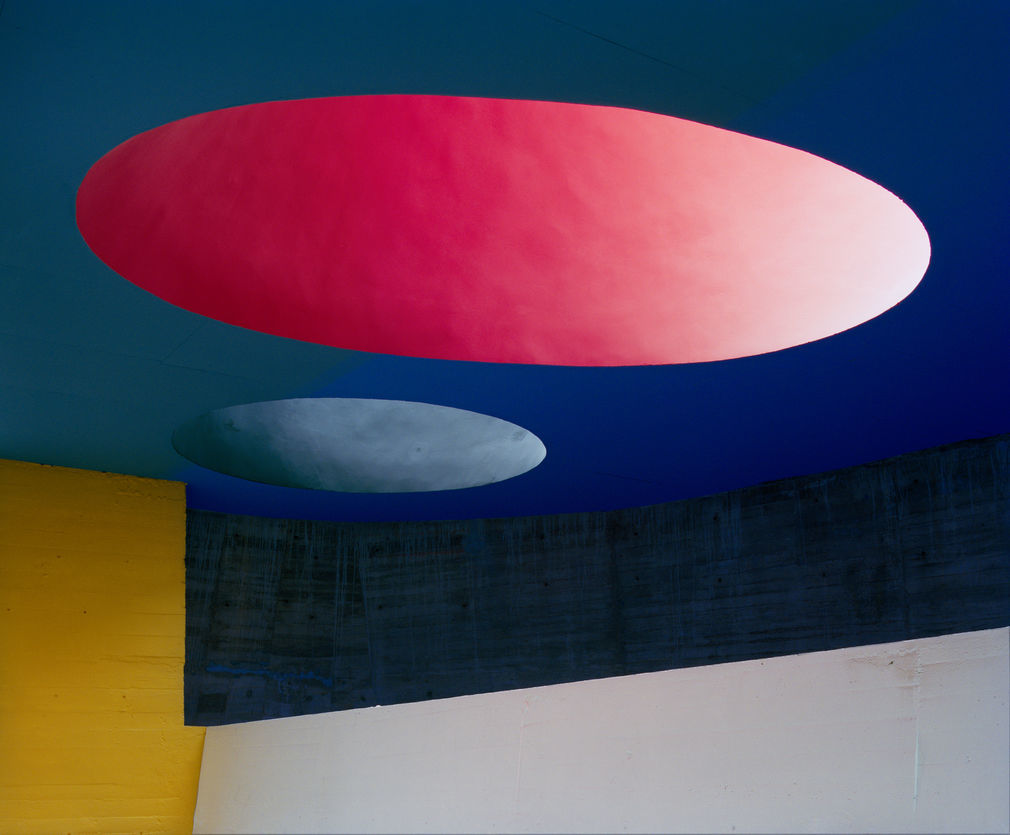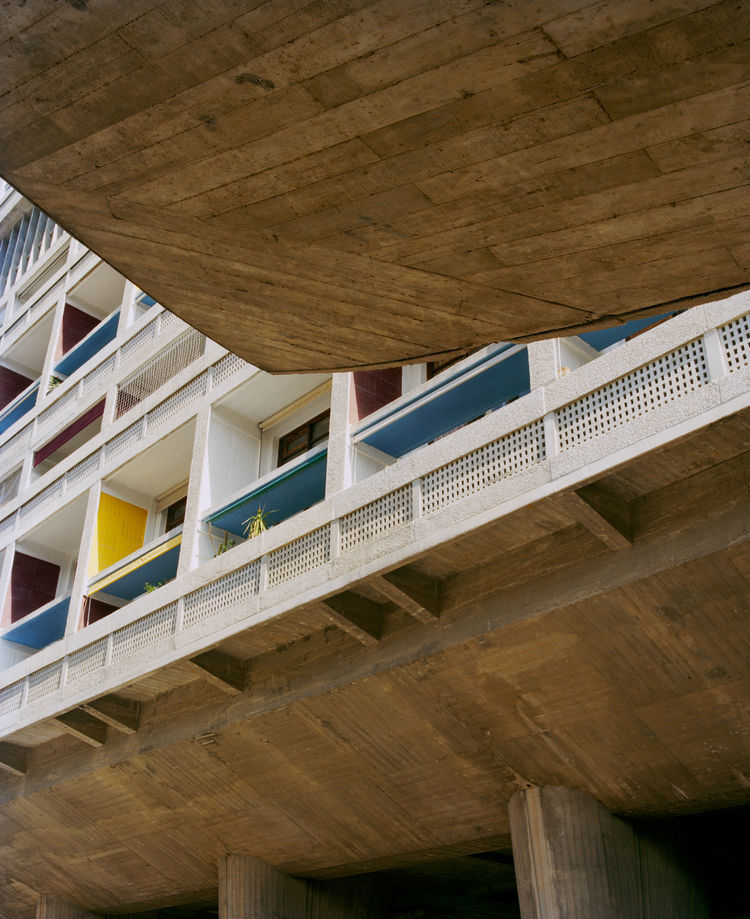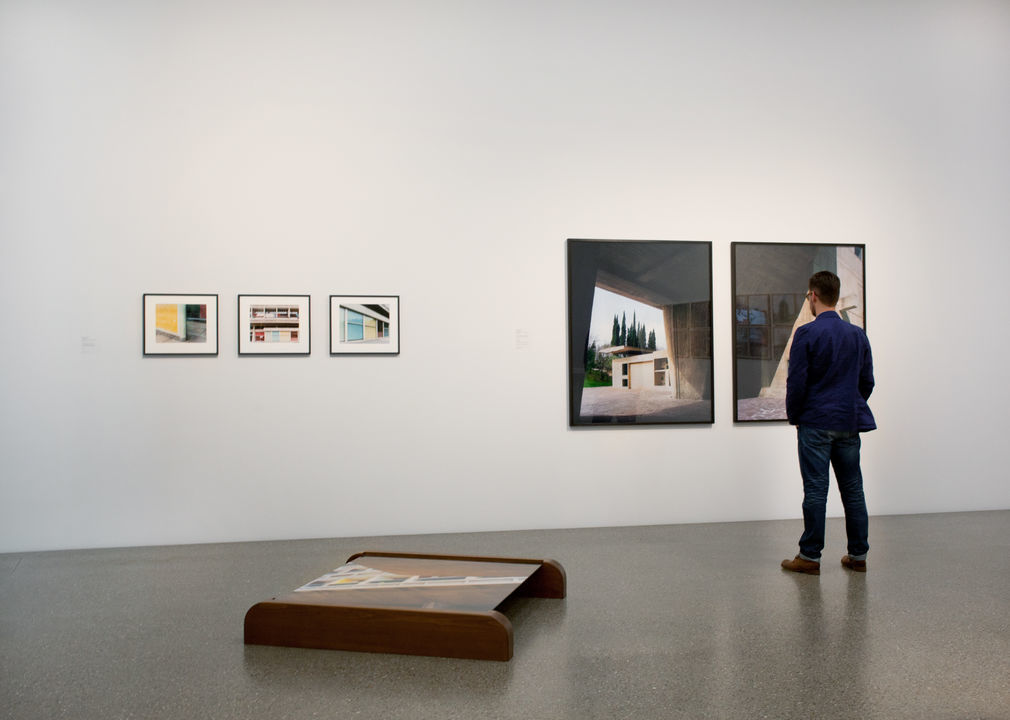Margret Hoppe
The photographer’s architect – on the relationship between the photographs of Lucien Hervé and the architecture of Le Corbusier
School of Art
The collaboration between photographer Lucien Hervé and architect Le Corbusier lasted for almost 20 years. Hervé was Hungarian and emigrated to Paris in 1929. Le Corbusier, real name Charles-Edouard Jeanneret-Gris, was born in Switzerland in 1887 and moved to Paris in 1917. Lucien Hervé worked with the Swiss architect from 1949 until Le Corbusier’s death in 1965.
I want to explore the reciprocal relationship between architecture and photography in the theoretical part of my doctoral studies entitled »The photographer’s architect – on the relationship between the photographs of Lucien Hervé and the architecture of Le Corbusier«. By looking at the relationship between photographer Lucien Hervé and architect Le Corbusier, I aim to investigate to what extent photography influences architecture and vice versa. As Le Corbusier’s work has already been extensively analyzed in an art-historical context, the focus of my thesis will be on the photographs by Lucien Hervé. Despite architecture being internationally disseminated and received via the depiction and reproduction made possible by the medium of photography, the photographer is often overshadowed by the architect. And so, the work of Le Corbusier is internationally acclaimed while Lucien Hervé’s photographs have primarily been acknowledged in France, where the Lucien Hervé Foundation is based. Hervé was awarded the Grand Prix de la Photographie de la Ville de Paris there in 2000.
Looking at short biographies and publications, we can imagine just how intense the relationship between Hervé and Le Corbusier must have been. The first time Hervé worked for Le Corbusier in 1949, photographing the Unité d’habitation in Marseille, he took 650 photographs in one day. After Le Corbusier had inspected the photos, he wrote to Hervé: »You have the soul of an architect and know how to look at architecture. Be my photographer«.
In the last two years I have developed the series »Aprés une Architecture« as the practical part of my doctorate. It can be read as an homage to Lucien Hervé and Le Corbusier, or to the special relationship between architecture and photography. The series shows photographic perspectives on Le Corbusier’s architecture that demonstrate his idea of the Gesamtkunstwerk. Its title references Le Corbusier’s »Vers une Architecture«, published in 1923, in which he poses fundamental questions on the modernity of construction, challenging the traditional views on architecture held at the time. The question of what remains of the visions for modern building today is pertinent in this context, as this kind of architecture is now seen as monumental rather than functional. Here, photography is not merely architectural documentation, but transforms the structures on the surface of the photograph into a sign that exhibits painterly and sculptural elements in its aesthetic – showing us the many perspectives in reading Le Corbusier’s work today.
Tutors:
- Prof. Marc Ries
- Prof. Martin Liebscher


